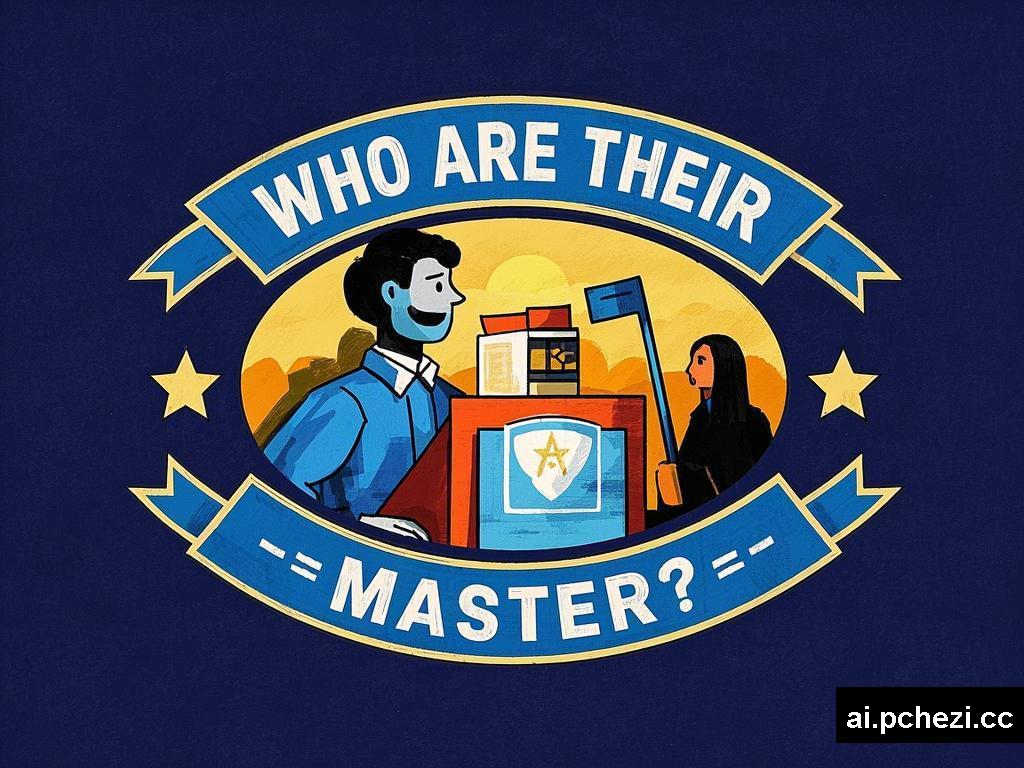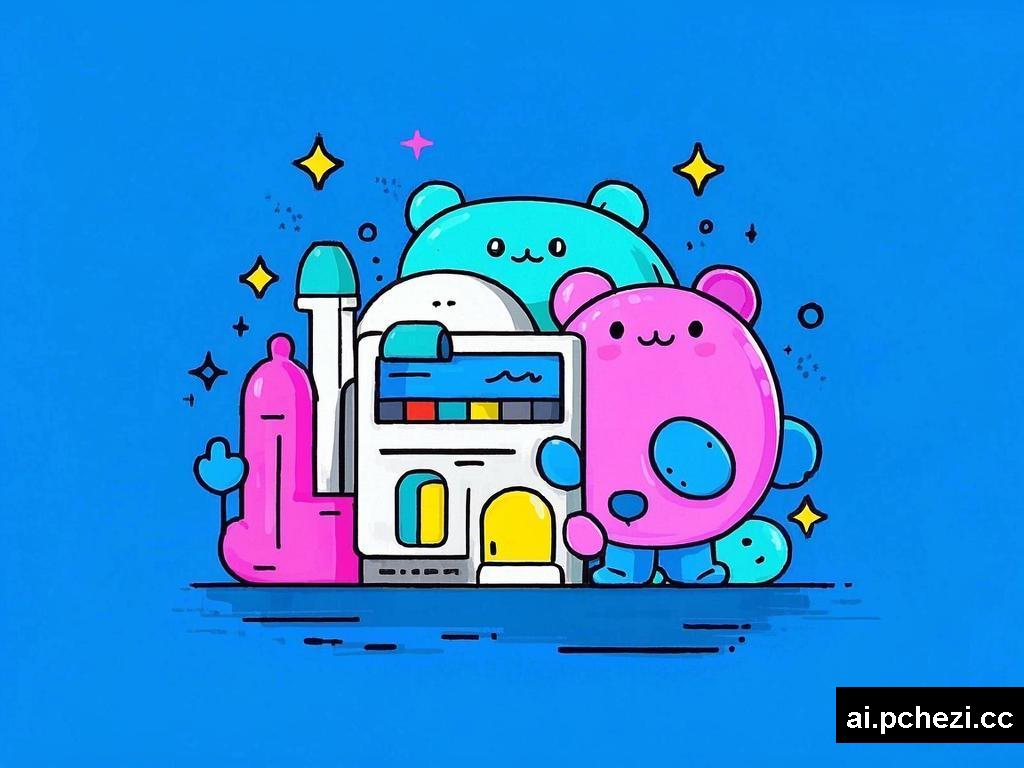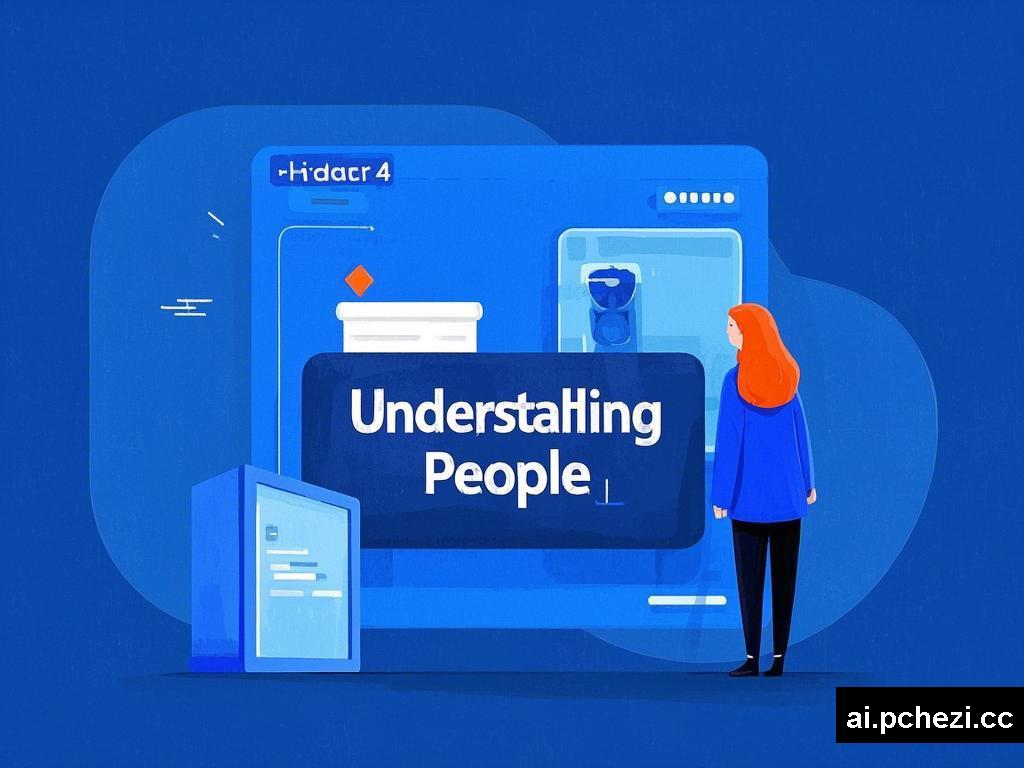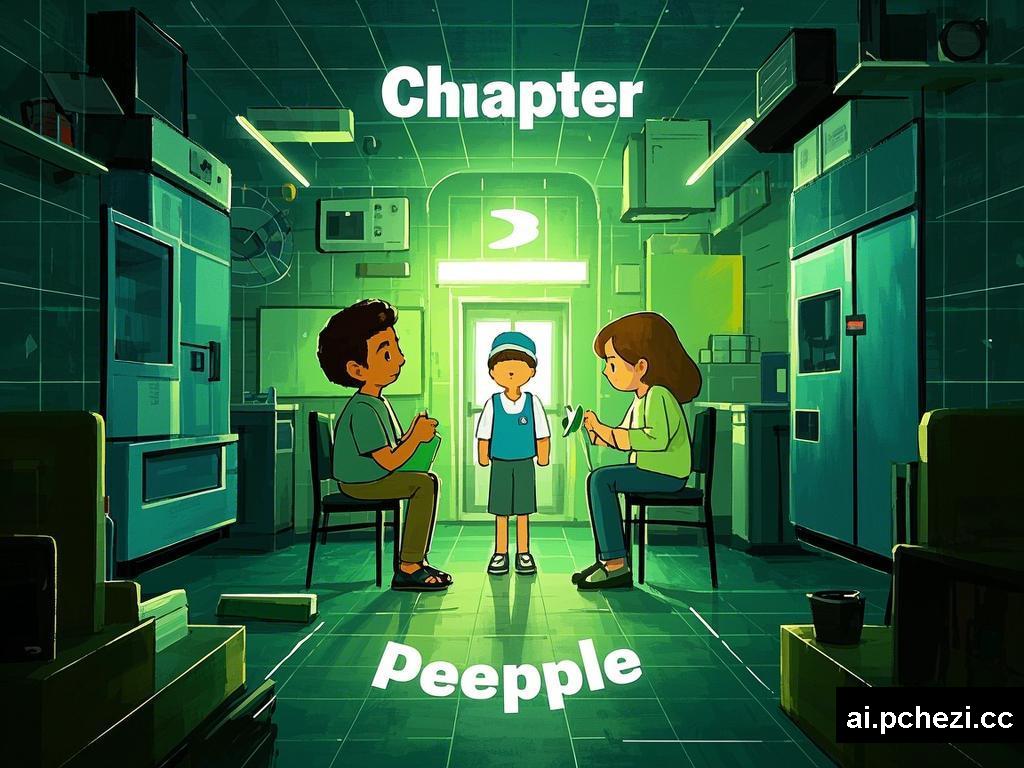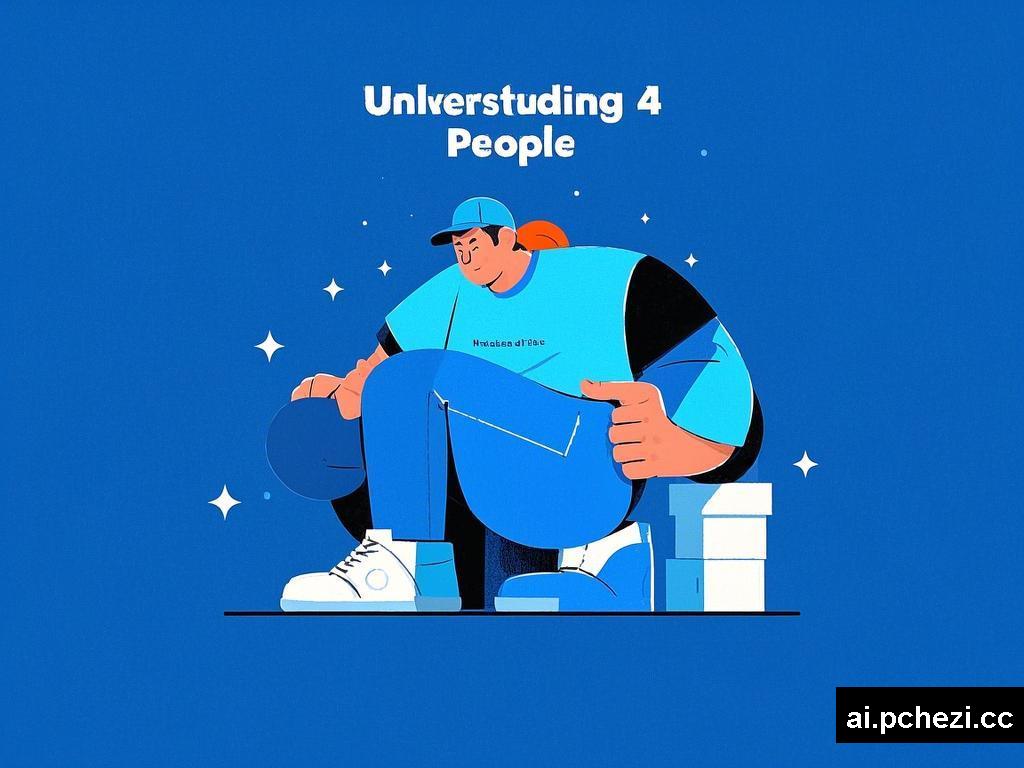Appreciated Good Intentions
Li Ming, a young and innovative software engineer, was working on a new project. He was developing a mind – mapping software that he believed could revolutionize the way people organize their thoughts. One day, while he was in the middle of coding, his mouse suddenly started to malfunction. It would randomly click on things, making it impossible for him to work efficiently. Li Ming was frustrated, but he didn’t let this small setback deter him. He knew that his good intentions of creating a useful software were valuable, much like “655.��?_55��?_Good_intentions_are_appreciated”.

Li Ming decided to take a break from his work and figure out what was wrong with his mouse. As he was examining it, he noticed something strange. There seemed to be a small device attached to the underside of the mouse, something he had never seen before. Curiosity got the better of him, and he decided to investigate further. He removed the device and found that it was some kind of a strange module. He started to wonder if this module was related to the system he was working on, or if it had something to do with the strange question “��?_62��?_Are_you_also_compatible?”.
Li Ming took the module to his lab and started to analyze it. He discovered that the module was actually a prototype of a new technology that could interact with his mind – mapping software in unexpected ways. It was designed to enhance the functionality of the software, but it was also causing the mouse to malfunction. Li Ming realized that the person who had attached the module had good intentions, just like the concept of “Good intentions are appreciated”. They wanted to improve his software, but they had done it in a way that caused problems.

Li Ming decided to reach out to the people who might have developed the module. After some research, he found a small team of engineers who were working on similar technologies. He contacted them, and they were surprised to hear from him. They explained that they had been testing their module on various systems, and they had chosen Li Ming’s setup as a test case because they thought his mind – mapping software had great potential. They apologized for the trouble they had caused and offered to work with Li Ming to integrate their technology properly.
Li Ming and the other engineers started to work together. They combined their knowledge and skills to make the module work seamlessly with the mind – mapping software. The result was a more powerful and user – friendly software. Li Ming’s good intentions of creating a useful tool and the other engineers’ good intentions of enhancing it had come together to create something truly special. The malfunctioning mouse had led to an unexpected collaboration, and Li Ming was excited to see where this new partnership would take his software in the future.













